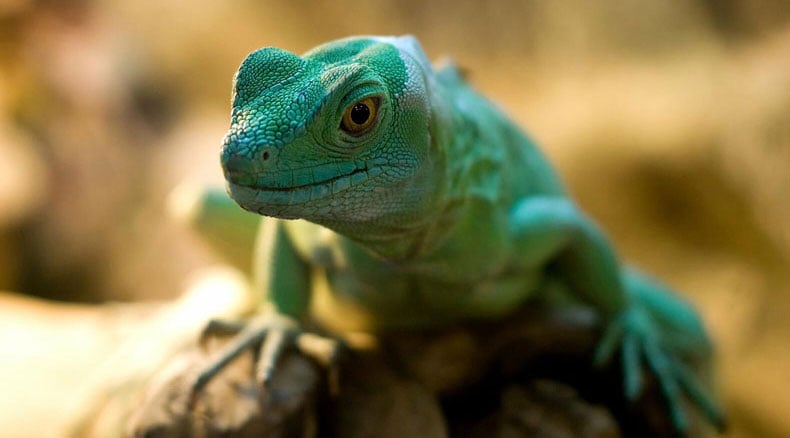
If you work at a zoo, wildlife preserve, or animal research center, you know how important continuous monitoring of environmental conditions is to ensuring animal safety. This is equally important for pet care facilities, as you can read about in a separate blog post. It isn’t easy to maintain an ideal living environment for animals from all over the world. Living areas need to be kept to exact standards to ensure that animals remain safe and comfortable.
Protecting animals from extreme temperatures
Maintaining an ideal temperature is critical to improving the welfare of zoo animals. When cold winter weather settles in, zoos and other facilities need to take steps to protect animals that are not well adapted to handle the cold and snow. Cold-blooded animals like snakes rely largely on external heat sources to stay warm. When environmental temperatures fall, their body temperatures fall as well.
On the other side of the spectrum, facilities need to keep animals cool in the scorching heat of summer. Extreme heat can be deadly to animals that are accustomed to colder climates. Zoos and other organizations will often use wildlife monitoring equipment to monitor temperature and other conditions inside burrows, dens and other habitats.
Round-the-clock monitoring of issues
Remote monitoring systems monitor all critical conditions 24/7 and provide instant notifications when an issue occurs. They can monitor any environmental changes that threaten animal safety, including
- temperature,
- humidity,
- tank water levels,
- power outages
- and equipment failures.
The faster you learn about a threat, the faster you can respond and potentially save animals. If the system detects unsafe temperatures or a power failure, it sends an alert immediately to personnel via phone call, text message or email. This means you spend less time and money monitoring your facility and you get peace of mind knowing that your animals are well-protected.
Safeguarding animals in a power outage
If the power fails and heaters or other critical equipment stop working, the results could be disastrous for animals. Fortunately, remote monitoring systems provide early detection of power outages, so you can act quickly. When the system detects a power failure, it sends an alert to staff members. Without a monitoring system, you might not learn about a power outage that occurs after hours until it is too late to save animals.
For example, Elmwood Park Zoo, located in Norristown, PA, uses a Sensaphone WSG30 wireless monitoring system to keep an eye on areas that house reptiles and monkeys. They chose the Sensaphone WSG30 after their previous temperature alert system failed to notify them of a power outage on a cold night in January. While no animals died, the power outage provided a necessary wake-up call.
Elmwood now feels confident knowing that the Sensaphone WSG30 will alert them to any potential issues. If the system detects a problem, alerts are sent to the owner and up to 32 staff members.
A system that grows with your needs
One of the advantages of using remote monitoring technology is that systems can be customized and expanded to meet the changing needs of a specific facility. This makes them a great choice for large facilities or organizations that are planning future expansion. Advanced systems can support up to 30 wireless sensors, which gives facilities the flexibility to add more sensors for future exhibits.
It’s your job to make sure animals remain safe and healthy. Remote monitoring systems help you stay ahead of threats and protect animals. You can rest easy knowing that you will receive instant notifications of any issues.
For more information or help finding the right remote monitoring system for your facility’s needs, contact a Sensaphone expert today.







